8 Reasons Why This Lesser-Known Sunny Island In Europe Is A Digital Nomad Paradise
13 min readAs a travel writer and digital nomad who’s made it his life’s work to explore the world while sharing his experiences online, I have already seen over 79.1% of Europe – according to my Mark O’ Travel stats I religiously update every month – and have inevitably worked remotely from most countries on this side of the Atlantic.
From bleak mid-winters in the Balkans to the canicules of Southern France in a scorching July, and every writing session in between, be it holed up in my AirBnB room trying to keep the warmth in or lying on the edge of a beach, letting the ocean caress my feet, I feel I could put together a digital nomad guidebook for newcomers in the Old Continent.
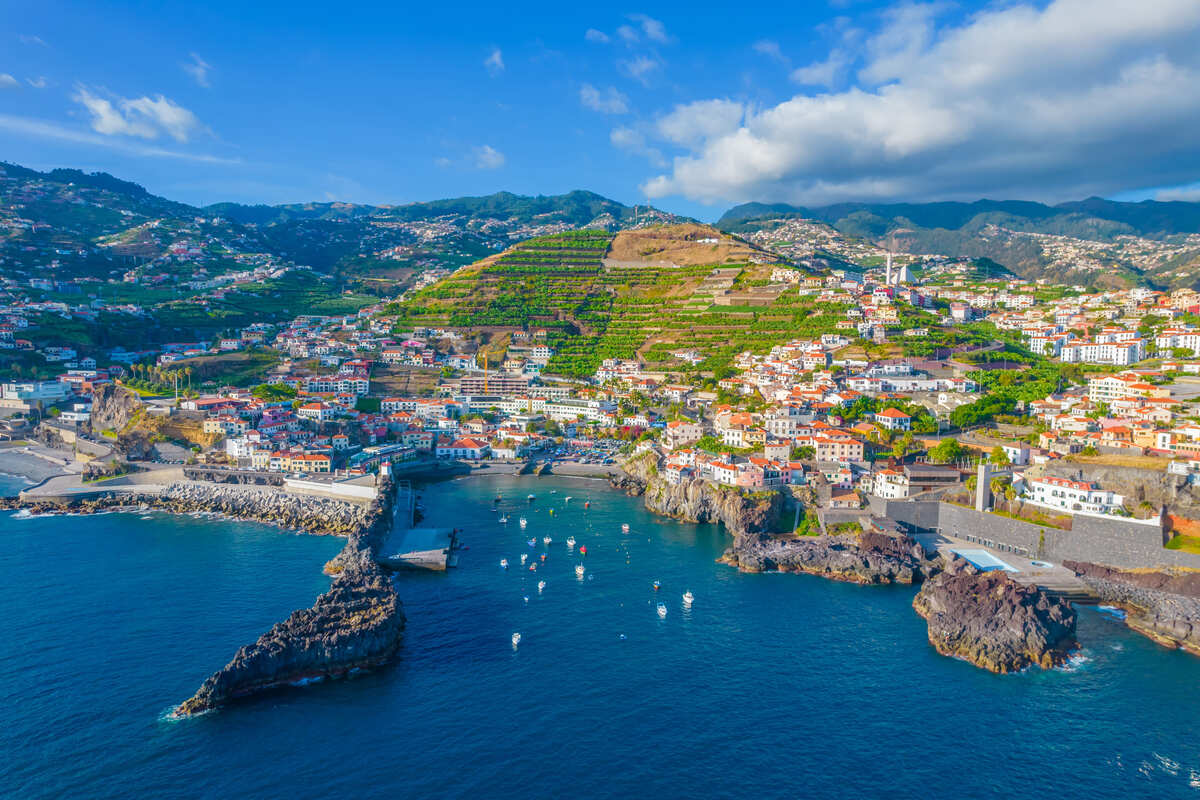

Being close to completing my ‘European nomadic trek’, I was convinced already I had my immutable top three favorites: nowhere I would go next could ever top Georgia’s generous visa policy and high affordability, Albania’s beautiful nature and welcoming folks, or Poland’s underrated cuisine and awe-inspiring History.
As you might have guessed, I have a professed love for Eastern Europe and would normally openly avoid the Western flank, mainly because, more often than not, it does not fit the budget and it’s just too touristy.
The huge crowds are a big turn-off for me, who’s mostly looking to work in peace while sampling some culture.
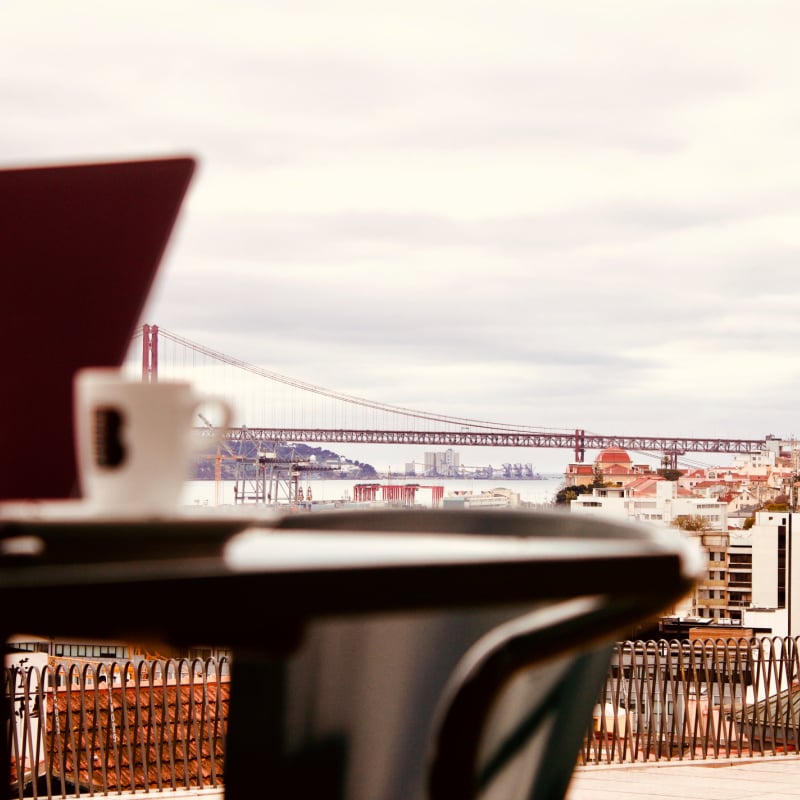

As a nomad, my needs are rather primitive: I need comfort, good food, low cost of living, and sunshine.
As we approached winter, however, my options as a Europe-based, sun-loving nomad started thinning dramatically.
The Eastern bloc and its plummeting temperatures were suddenly off-limits.
I had to look elsewhere, as far South as I could.
Call it instinct, or perhaps a little push from the Instagram algorithm, but next thing I knew I was boarding a four-hour flight to a mysterious island so small you can’t see its outline on a map unless zooming in on the exact right spot.
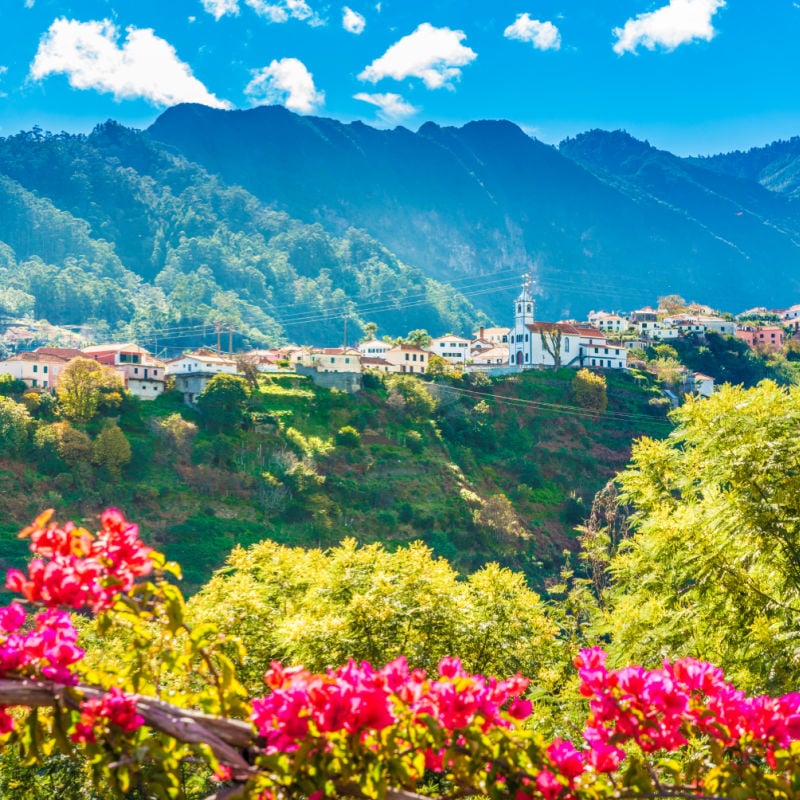

In chasing the sun, I stumbled upon this gorgeous Portuguese archipelago that has me wondering whether I should reshuffle my own personal ranking of favorite nomad hotspots.
Madeira is the perfect year-round destination for remote workers, and here are 8 reasons why:
Madeira Is Perfect For An Escape Into Nature
If you are unsure what or where Madeira even is, it is an autonomous, archipelagic territory of Portugal located off the coast of West Africa comprising four islands, two of which are inhabited, and an additional two held as protected reserves.
From Lisbon, the Portuguese capital, to the archipelago, it is a whopping 600 miles, and in fact, it is part of the African tectonic plate, being geographically closer to Africa than Europe, and to be quite honest, it does feel worlds apart from mainland Portugal.
In terms of nature, Madeira is markedly different from the Iberian Peninsula, where mainland Portugal sits, as it is a subtropical island crisscrossed by hiking paths leading up towering mountains and dominated by an evergreen flora, including a 20-million-year-old laurel, UNESCO-listed forest.
From Curral das Freiras and its jagged peaks, down to the rugged South Coast, interspersed with quaint, hilly seaside villages and banana plantations as far as the eyes can see, to the waterfall-dotted inland, where Mother Nature is the ruling, unchallenged queen, Madeira is perfect for slowing down and practicing some inner healing.
According to research carried out Demandsage, 11% of digital nomads are openly seeking easier access to nature, and I’m not sure about you, but that’s exactly what I needed as a nomad, having jumped from country to country throughout 2023.
For the best part, I gravitated towards sprawling urban centers, as they are supposedly where you can find the best infrastructure, the internet cafes, and the largest group of expats, but the urban fatigue was quick to catch up to me.
Having constantly based myself in the largest possible city and leading a busier life anywhere the social scene is liveliest, I did not feel as that necessarily boosted my happiness levels, nor my productivity.


Deep down, I was reluctant to leave the urban center out of fear the great outdoors wouldn’t be nomad-friendly, and if you’re a fellow nomad, you know how important is having high-speed internet and a community to surround yourself with.
These are not easily found outside metropolitan areas.
Shockingly, as I landed in Madeira, I learned most of the island is nomad-friendly, and this brings me to point number two.
A Nomad-Friendly Remote Island
For an island as remote as Madeira, I was positively surprised to learn nomads are spread across the entire territory, as opposed to being concentrated in the regional capital, usually the best-equipped settlement.
Funchal is the largest city, and it is indeed the go-to spot if you’re looking for a wider range of services and better entertainment options, but Madeira as a whole is well-prepared to host slow travelers and remote workers, and even 600-people-strong villages offer long-term rental and a myriad of dining options.
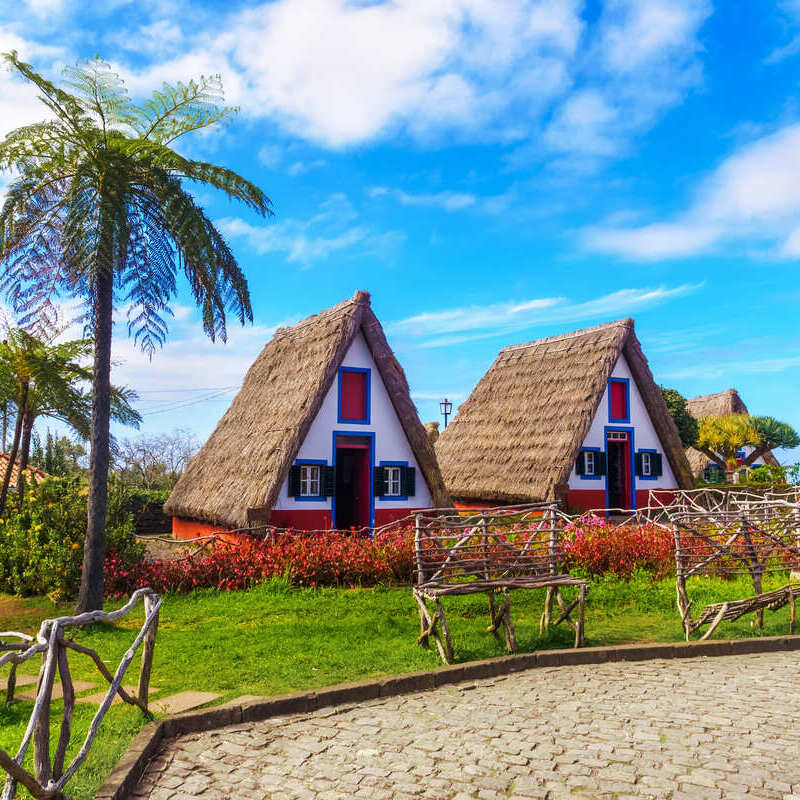

I decided to get out of my comfort zone this time and left the city for a one-week stint at a small coastal town in South Madeira, aptly titled Ponta do Sol (Portuguese for ‘Sunny Tip’).
A fishing port found at the heart of a valley, bounded by sugar cane and banana terraces and lining the azure Atlantic, with winding alleys and a landmark church, it is ideal for relaxing, letting go of your mundane worries, and most importantly, getting work done without distractions.
Other than the friendly, hospitable locals and amazing food, my favorite memory of Ponta do Sol is listening to the soothing crashing of waves as I worked from my computer on the pebbly beachfront by the Sun Spot Cafe.
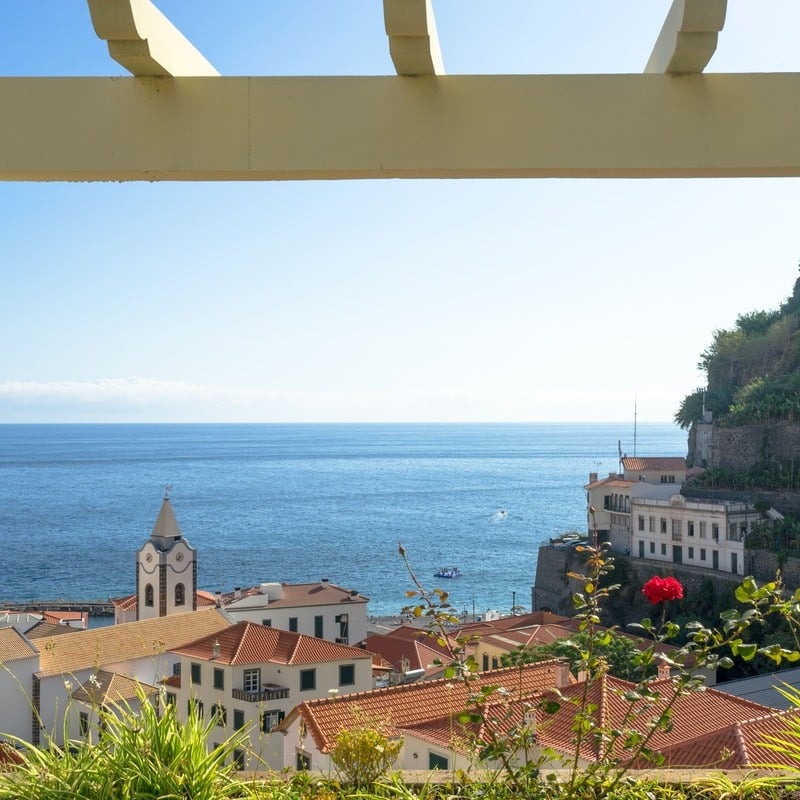

No traffic noise, no interruptions, and, most importantly, a stable WiFi connection (and delectable seafood food to top it off).
The next thing you know, the sun is setting and staining the sky in shades of jaune, blood orange, and purple: it is truly spectacular, and it’s no wonder the local Government has a dedicated channel for broadcasting sunsets live to homesick Madeirense citizens residing abroad.
It’s The Land Of Eternal Spring
The sunny climate is yet another huge plus.
You see, unlike continental Portugal, Madeira is not subject to the seasonal changes you see in mainland Europe. It is an island in the Atlantic, closer to West Africa than it is to the geopolitical entity it belongs to, and as a result of that, the weather remains relatively warm – or warmer than Europe – year-round.
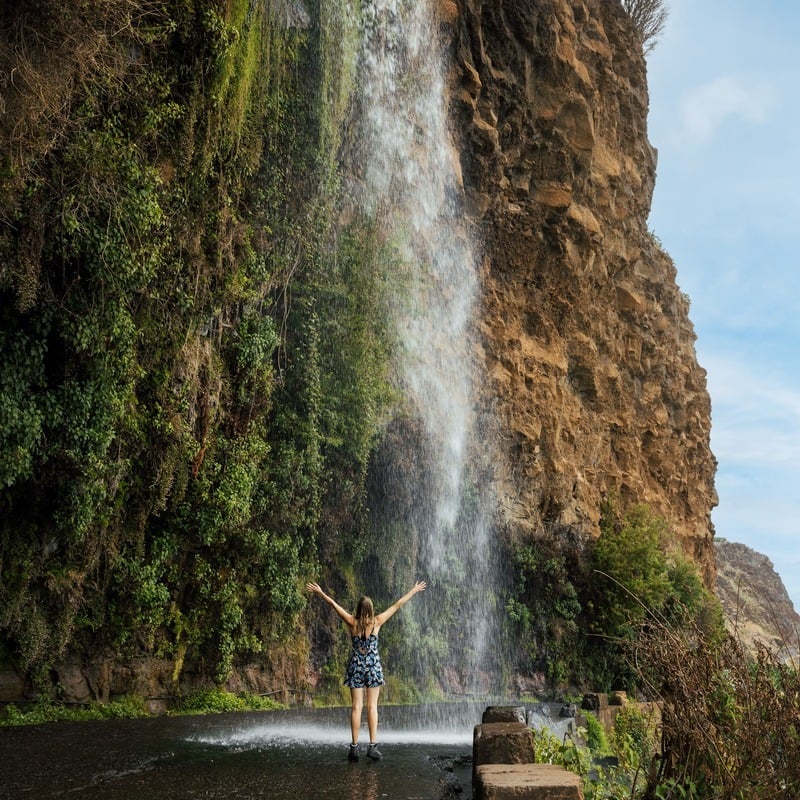

It is truly never too hot nor too cold in Madeira.
I was there in early December, and temperatures averaged from 59°F in the evenings, with chilly coastal winds you can easily protect yourself from by wearing a light jacket, to pleasant highs of 75.2°F during the day.
Madeira has been aptly nicknamed the land of eternal spring, and winters are generally pretty mild, with 12mm of rainfall expected in January, the wettest month of the year, and a 47% chance of a clear sunny day, according to TUI.
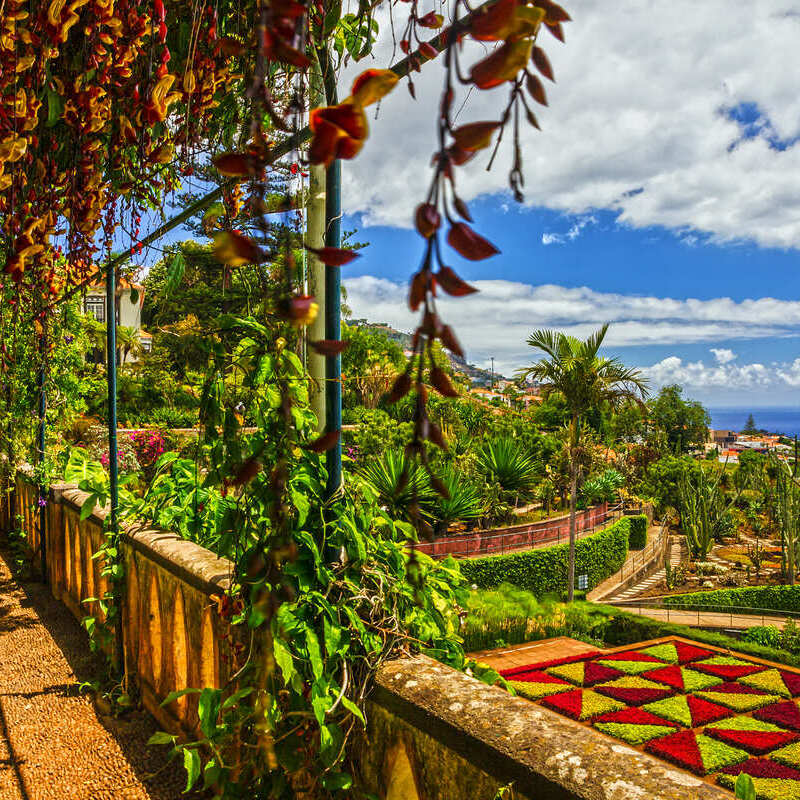

If you’re a water creature, you will be thrilled to know the sea temperature around Madeira never drops below 66°F in winter, meaning you can swim off the coast irrespective of season, as the water is never gelid, though it may take you some time to get used to the naturally-colder North Atlantic.
While most of my time in Madeira was spent in Ponta do Sol, I did set out to explore other coastal areas of the island, and some of my favorite swimming sites were Seixal, one of a handful of sandy strips on the island, and where sands are dark and of vulcanic nature, and Porto Moniz, famous for its lava-formed natural pools.
Madeira Hosts The Ultimate Digital Nomad Event
Having traveled to over 60 countries while working remotely, one thing I have learned quite early on is that some of the best digital nomad destinations are the ones where a thriving expat community has been established.
There are exceptions to this rule, but it’s usually countries with a large number of alien residents that are better equipped to cater to nomads’ needs, as public services are likely to be foreigner-friendly, English tends to be widely spoken, and long-term rental options are plentiful.
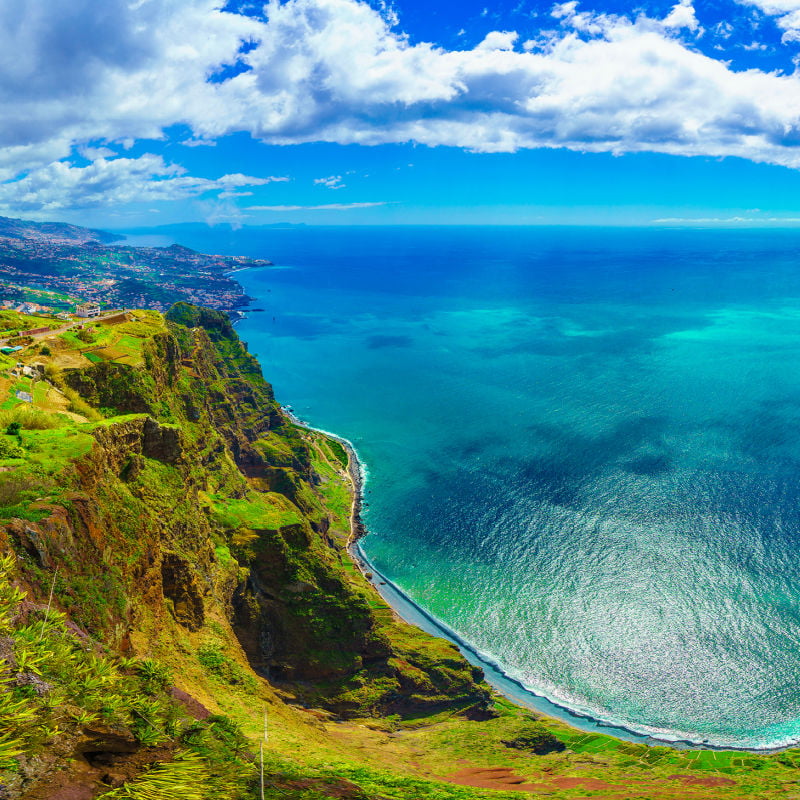

Try living long-term as a digital nomad in fellow Lusophone Brazil without a local ‘CPF’ number, for instance. Spoiler: it is no fun.
Madeira is well-prepared to host us, and I have touched on that already, but something that honestly blew my mind is how the island has completely embraced this surging trend, so much so that it hosts a streak of digital nomad events every year.
In fact, the Nomad Island Fest, one of the biggest nomad retreats in Europe, takes place every December on the island, bringing together like-minded entrepreneurs, world travelers, and aspiring nomads to discuss new business ventures and common challenges they face.
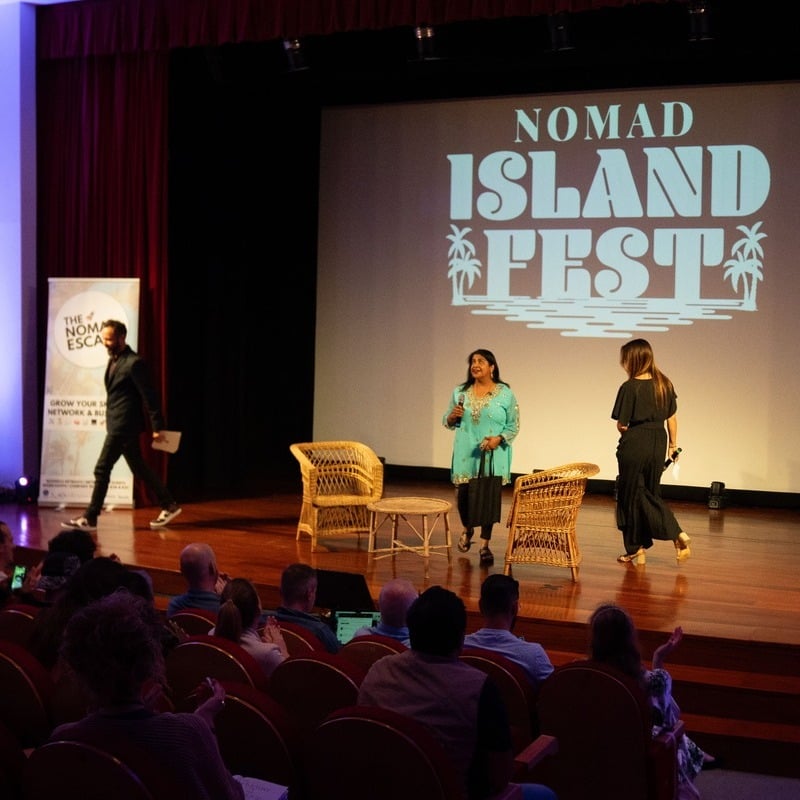

I attended the Nomad Island Fest myself in Ponta do Sol, and over the course of the action-packed, week-long event, I was given the tools to boost my productivity and let go of my limiting beliefs, and connect with fellow ‘escapers’ on a deeper level – more so than any other soulless business conference I had been to before.
The fest has a different program every year, and it sets itself apart from other nomad retreats as there is a thorough screening process in place that only selects the best-suited guests.
Don’t worry: it is not a discriminatory process.


You do not have to be a self-made millionaire or even someone who’s successfully converted to a digital nomad to sign up: if anything, event organizers are looking for passionate individuals looking to grow professionally and personally, and who have an open mind and are not scared to dig deep in confronting their own fears.
That’s the whole point of the fest: it has a holistic approach, combining business and personal development.
As the recurring ‘escaper’ mantra reads, ‘work hard, play harder’:
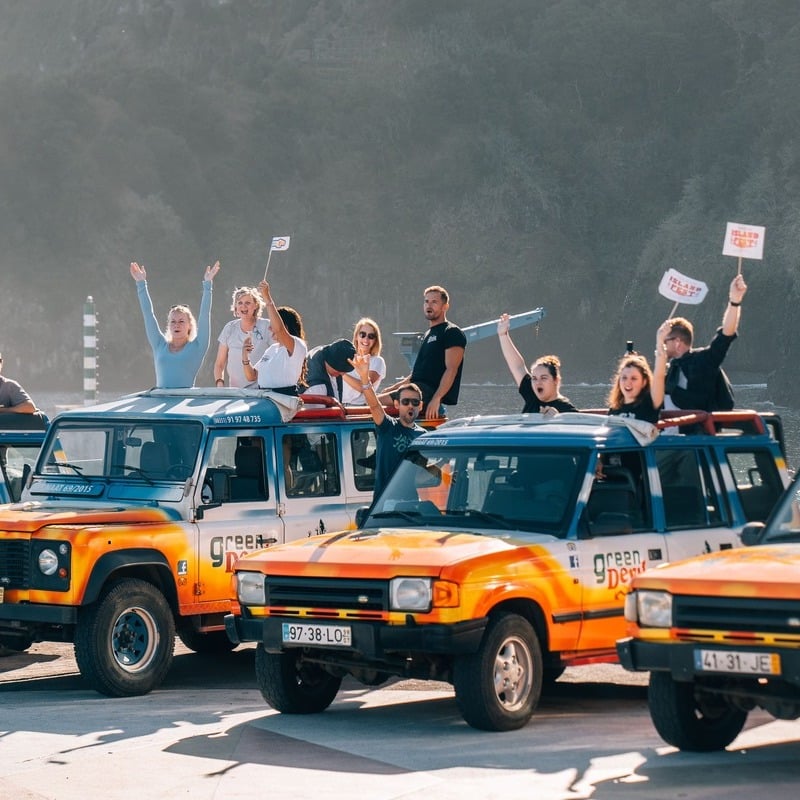

I became a digital nomad to free myself of the shackles of corporate life and 9-to-5 jobs and trust me when I say there is nothing I would dread more than sitting in an auditorium through long, insufferable hours listening to older business moguls who know better.
Talks at the Nomad Island Fest feel less preachy and more like an actual exchange, and though invited speakers are renowned experts in their respective fields, they are keen on including spectators and are just as open to receiving input as we are willing to listen.
Add in meditation sessions, card games, lunch breaks, outdoor 4×4 excursions on dirt roads traversing a wild Madeirense nature, and riotous Gatsby-themed parties, and you might just get the gist of it.
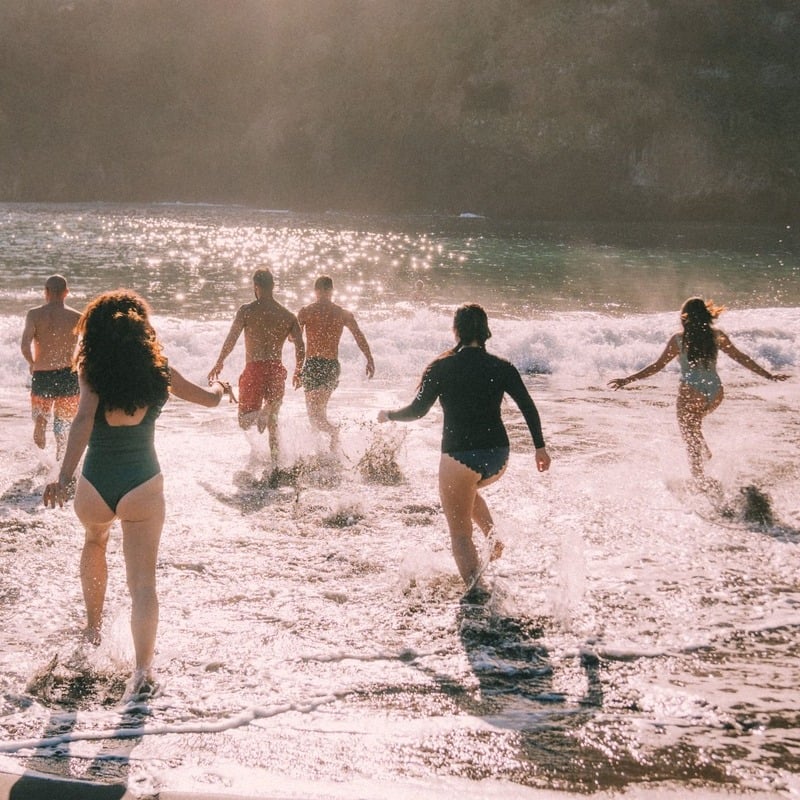

How Much Does The Nomad Island Fest Cost?
With Basic Passes starting at just €829, or roughly $903, this is an investment not only on professional growth, but also lifelong friendships and potential life-changing encounters.
At the very least, however, you will be granted 7-day access to the event venue, all daily workshops, talks, and sessions, the fitness sessions, a coworking space in Ponta do Sol with fast-speed WiFi, and a one-year access to the Escapers Club, made up of digital nomads and industry innovators.
Accommodation is not included, but there is certainly no shortage of boutique hotels and Airbnb listings in town, within walking distance of the venue.


A Premium Ticket costs €1839, or approximately $2004, and includes all of the above, plus accommodation in a four-star hotel perched on a clifftop with privileged views of Ponta do Sol, breakfast and dinners, one-on-one coaching and more.
Other than the Nomad Island Fest, Nomad Escape offers two additional retreats to nomads based in Madeira: the Business Retreat and the Build Week, which you can learn more about here.
There Is No ‘Digital Nomad Fatigue’ In Madeira (Yet)
If anything, the fact that the Nomad Escape is based in Madeira is further proof this island has become one of Europe’s top destinations for remote workers.
Having chatted to and briefly interviewed locals during my time there, from taxi drivers to waiters in restaurants to passers-by, I realized anti-nomad sentiment is essentially non-existent.
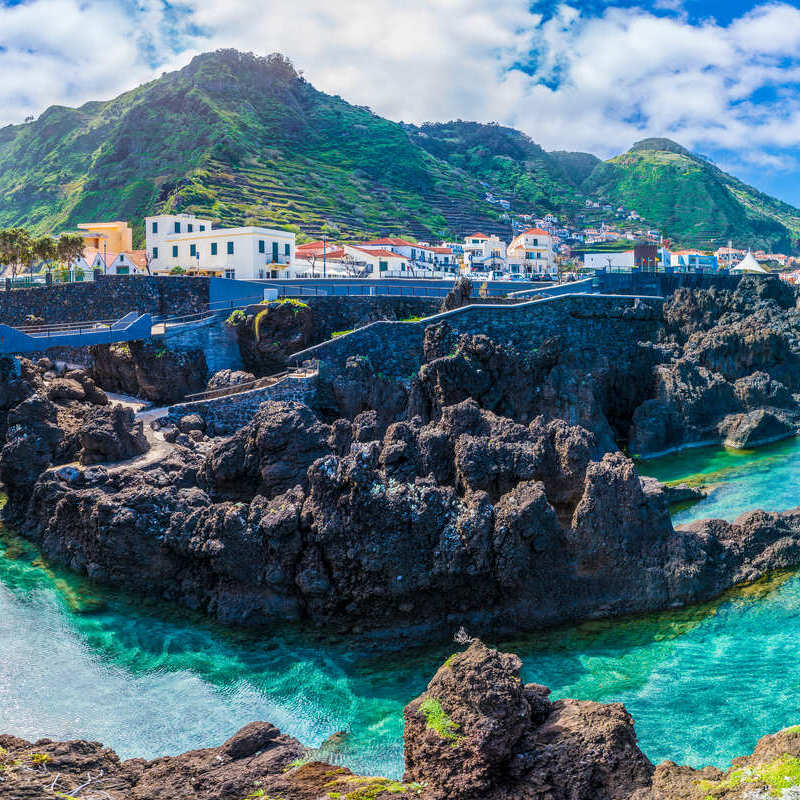

Naturally, I did not carry out an official, extensive research – this was just me brushing up on my native Portuguese – but recent reports that nomads are being accused of contributing to gentrification and even being told to ‘leave’ Lisbon and other parts of mainland Portugal do not seem to have reverberations in this autonomous Portuguese archipelago, where they are being welcomed with open arms.
Other than shining light on this fast-growing trend, the Nomad Escape helps boost the local economy, actively encouraging visitors to stay longer and explore off-path locations – we were staying miles away from the capital’s glitzy resort strip ourselves, eating in local restaurants, and supporting local businesses.
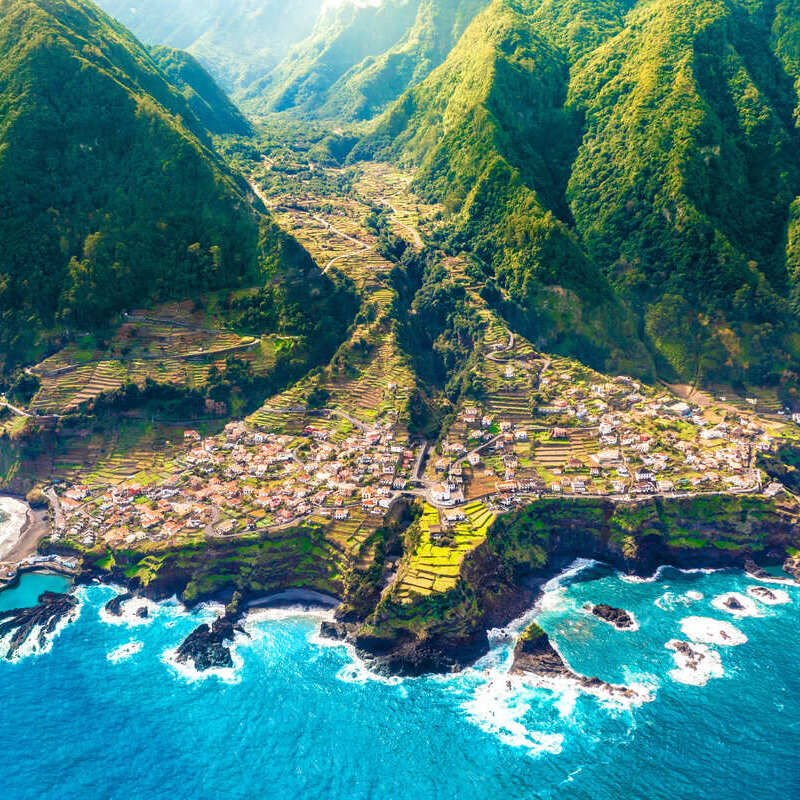

Madeira Is A Hugely Underrated Cultural Gem
They may be great points to consider, but a sunny climate and pro-nomad sentiment are not the only metrics relevant to me.
I like my beach spots with a little bit of culture, and Madeira certainly did not disappoint: in many ways, it feels like its own territory, as it is hundreds of miles away from mainland Portugal, islanders have their own defining lingo and dialect, and the architecture is typically colonial in character.
Unlike Lisbon or Porto, Madeira was not settled thousands of years ago.
The Portuguese ‘stumbled’ upon the uninhabited archipelago during the Age of Discoveries, only a few decades before reaching the Americas (Brazil), and as a result, Madeira developed at a similar pace to that of the other colonies.
There are no ancient Roman ruins, as the Romans never got as far as the Macaronesian Islands, which Madeira is a part of, nor imposing medieval forts, as Madeira was discovered towards the very end of the Middle Ages, when building monumental castles was no longer viable, or needed.
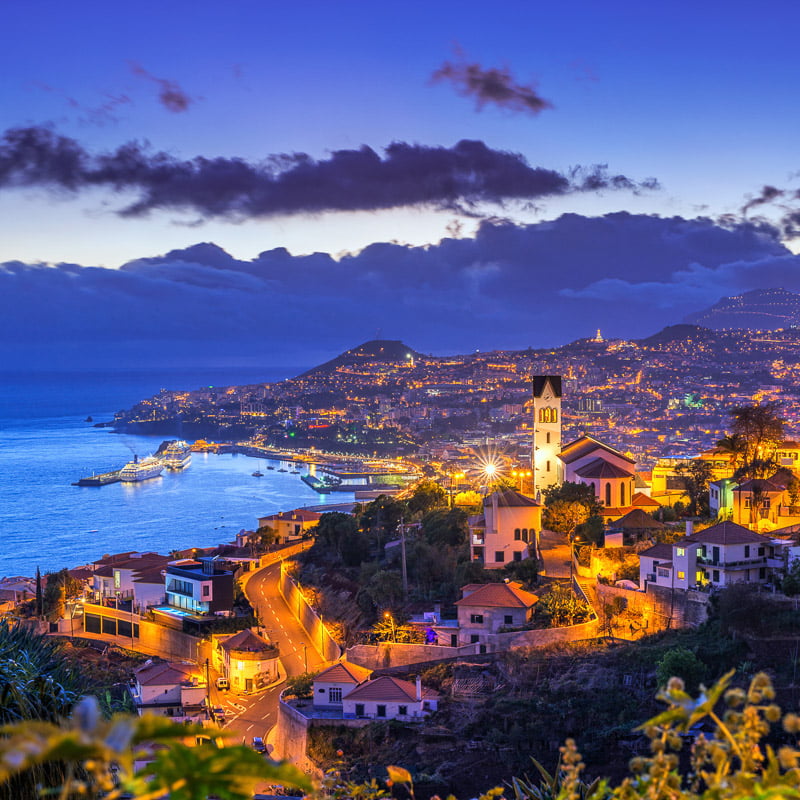

Still, you will find whitewashed Iberian-style churches and cobbled lanes that criss-cross towns are an indelible mark of Portuguese settlement, except the surrounding scenery feels distinctly non-European, with tropical plants, rainforests, and exotic scents filling the air.
Madeirenses have their own cuisine, their own sub-culture, and their own identity, developed due to centuries of geographical isolation, and they are apparently exceedingly proud of having spawned one of Portugal’s national heroes, Cristiano Ronaldo, who was born in the outskirts of Funchal.
You can even visit his self-titled museum on the Funchal waterfront.
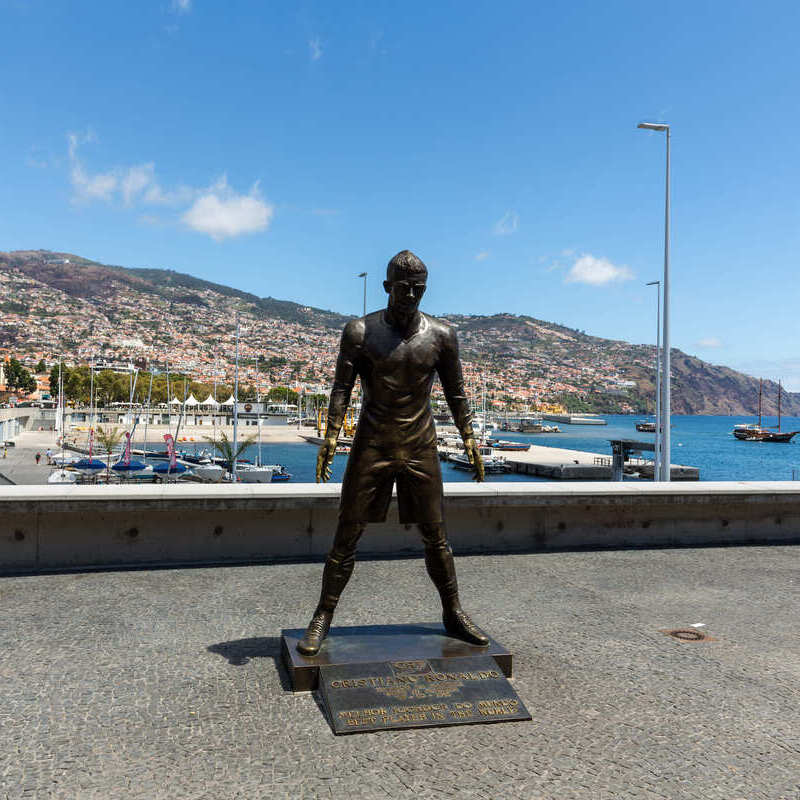

Among other attractions in Funchal, easily Madeira’s cultural center, there is a Municipal Square flanked by Baroque edifices, a 15th-century cathedral with a wooded-Moorish ceiling, a neatly-kept Botanical Garden with intricate flower designs, a hilltop ‘Monte’ palace with an adjacent park bedecked with Japanese-inspired torii and temples, and the 3,200-meter-long cable car, hovering above the red-tile-roofed historical city center.
If you’re looking for a cheap eat in Downtown Funchal, I strongly recommend O Giro restaurant, in the heart of the Old Town, and a short four-minute walk from the Municipal Square.
Their pork panini and ice cream churros are out of this world, and will only set you back by some $14 bucks. Speaking of affordability…
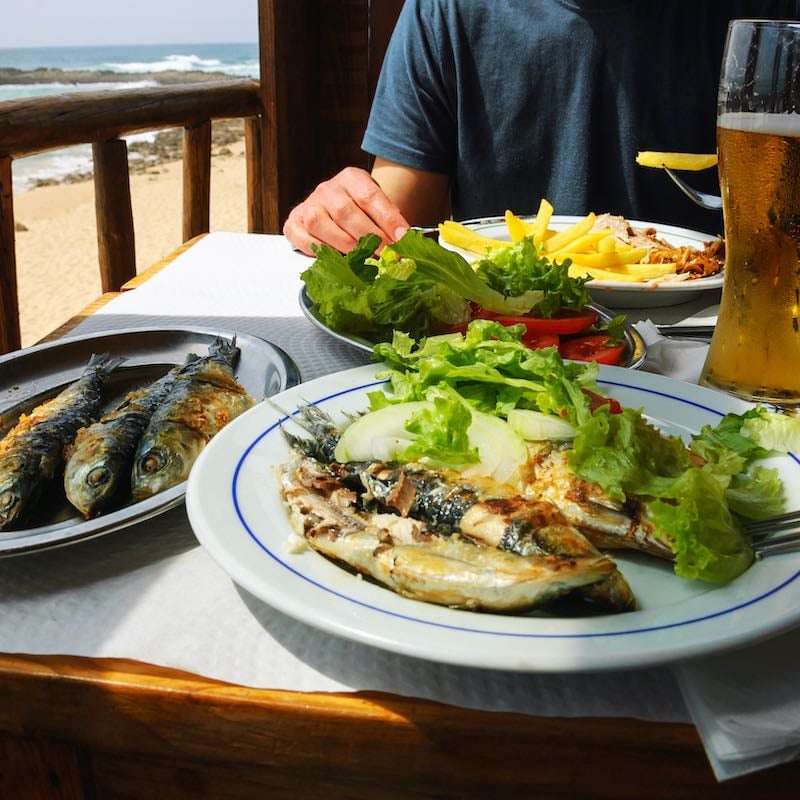

Madeira Is A Steal Of A Deal
This leads me to our fifth and final reason behind Madeira’s rising nomad population: it is very affordable to live in by Western Europe standards.
In the affordability chart, I still wouldn’t place Madeira higher than Albania, Bulgaria, Georgia and the like, but considering Portugal is not part of the Eastern flank, and it is a highly-developed country with high standards of living, Madeira is truly a steal of a deal.


Dining out in central Funchal, I would pay anywhere from $16 to $27, depending on how elaborate a meal was and the popularity of a restaurant, with some of my best dinners being in fact on the cheaper end of that range.
You just can’t beat some traditional, taberna-cooked swordfish and banana with white rice on the side, passionfruit-flavored pasteis de nata, a novelty I had never come across traveling in the mainland before, and some poncha, Madeira’s hard-hitting, distilled sugar-cane drink.
Of course, you can always opt for the well-reviewed eatery serving Portuguese dishes with a high-end twist in the fancier part of town, but the true culinary wonders of Madeira will not worsen the strain on your wallet.


On average, a basic lunchtime menu including a drink in the business district of Funchal will cost you an estimated $10.91, as per data by Expatistan.
Cheap rent is yet another important factor for nomads relocating to Madeira, with monthly rent for a 900 square-feet furnished apartment across Funchal averaging $793.99.
As Nomad List reiterates, Madeira is ‘affordable’, and if you’re earning an average $2,228 per month, chances are you will be fine.
You Can Live In Madeira On A Digital Nomad Visa
Finally, Portugal has its very own Digital Nomad Visa, allowing foreigners who make a living working remotely or who are entrepreneurs to apply for a long-term residence permit, enabling them to live in the country for an initial period of two years.
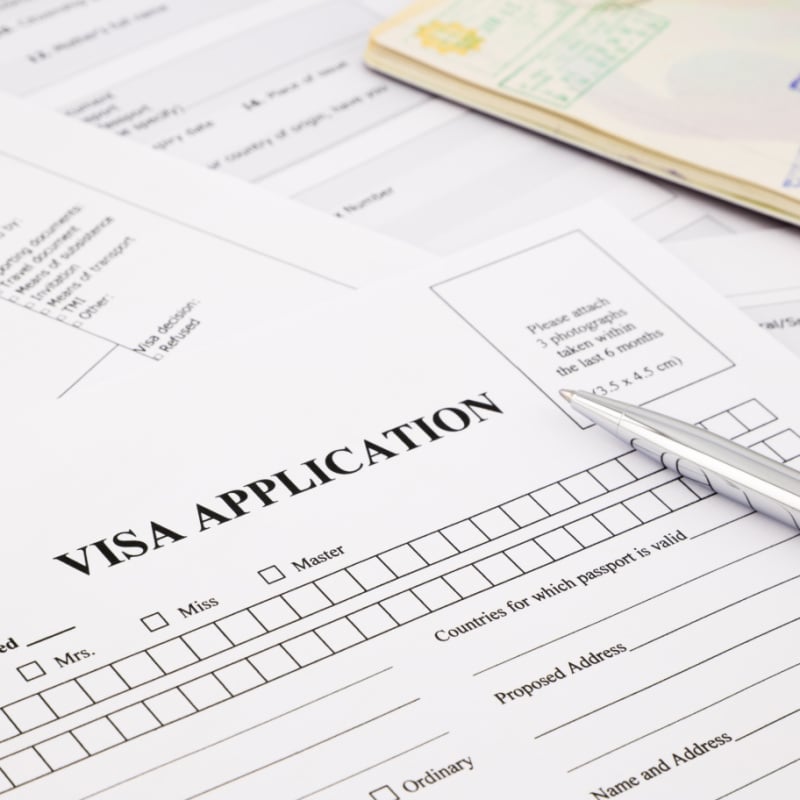

Other than presenting a clear criminal record and undergoing further checks at the Consulate interview, applicants must earn more than €3,040 to apply for this visa, which is issued for an initial period of two years, renewable for additional years.
This means a majority of digital nomads are eligible for a DNV for living in sunny Madeira, or in fact, any other Portuguese hotspot that’s been surging in popularity with nomads, such as Porto, the unofficial capital of Northern Portugal (mainland), or even the Azores, the mid-Atlantic archipelago.
We may be a bit biased, but judging by Madeira’s year-round, celebratory nomad activities, the fact that it hosts the Nomad Escape, it has some truly magnificent weather, and a comparatively low cost of living compared to the European mainland, we are inclined to say it is the most suitable option.
Alternatively, American citizens can visit Madeira and the wider Schengen Area, which the whole of Portugal and most European countries adhere to, for up to 90 days out of any 180-day period without a visa.
Read More:
Top 5 Travel Insurance Plans For 2023 Starting At $10 Per Week
How To Easily Earn Points For Free Travel
↓ Join Our Community ↓
The Travel Off Path Community FB group has all the latest reopening news, conversations, and Q&A’s happening daily!


SUBSCRIBE TO OUR LATEST POSTS
Enter your email address to subscribe to Travel Off Path’s latest breaking travel news, straight to your inbox.
This article originally appeared on TravelOffPath.com


